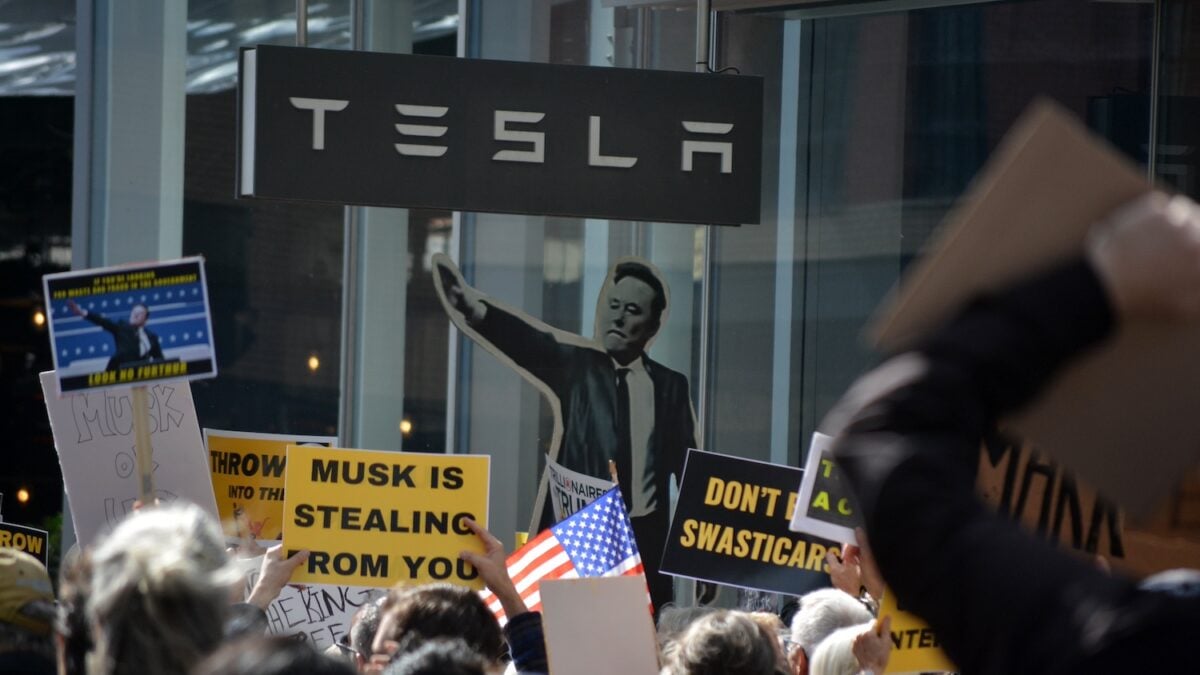Is Apple Capable of Creating a Foldable iPhone with a Seamless Display?

Samsung has set the bar high for foldables with its latest Galaxy Z Fold 7. The book-style foldable really is jaw-dropping. Apple’s answer to it with a foldable iPhone needs to be even better. But how? Apple supply chain snoop Ming-Chi Kuo believes Apple’s rumored foldable iPhone could come with a “crease-free display”… made by Samsung. Yes, really.
You see, as thin, light, and sleek as the Z Fold 7 is, the crease running down the 8-inch folding screen is still visible. Samsung says the display has a 50% thicker glass surface than the Z Fold 6, and the hinge has been redesigned for greater durability, but the display seam is still there. Every fold deepens it. Apple could have an engineering solution, according to Kuo.
In his latest report, the component sleuth said he believes Apple’s rumored foldable iPhone, slated for release sometime in the first half of 2026, will have a folding screen made by Samsung Display, the display arm within Samsung. You may be chuckling at the irony of Apple using a folding screen from Samsung, but iPhones already have OLED displays made by Samsung Display. Samsung sells consumer electronics with its own logo slapped on them, but it’s also in the business of selling components, like screens, batteries, and camera sensors, to other brands.
Apple’s secret to a crease-free screen on its foldable iPhone might be a “display metal plate,” reports Kuo. I’ll just quote his reasoning:
The primary cause of creasing in foldable phone displays is stress concentration at the fold points during repeated bending, which leads to material fatigue and permanent deformation. A metal plate helps distribute and control bending stress, preventing the display material from exceeding its elastic limit and thereby minimizing the likelihood of creases. The metal plate must be highly integrated with the display design. Therefore, SDC’s crease-free solution for Apple includes a metal plate designed and manufactured by Fine M-Tec.
I’m no materials engineer, but distributing and controlling bending stress along the folding screen to reduce deformation checks out with me. Like I said, every fold on today’s crop of foldables—book-style or flip-style like the Z Flip 7—deepens the crease after launch day. The display fold may look perfectly smooth when you first unbox it, but over time, it only becomes more visible. Would Apple, famous for its obsession with details, really follow Android makers down the path of foldables if it can’t solve the one blemish that nobody else has figured out? Steve Jobs and Jony Ive would have never allowed it, but Apple’s design team will soon report to Tim Cook, and maybe he doesn’t give a shit about creases so long as it helps push Apple TV+ subscriptions and boost the stock price.








